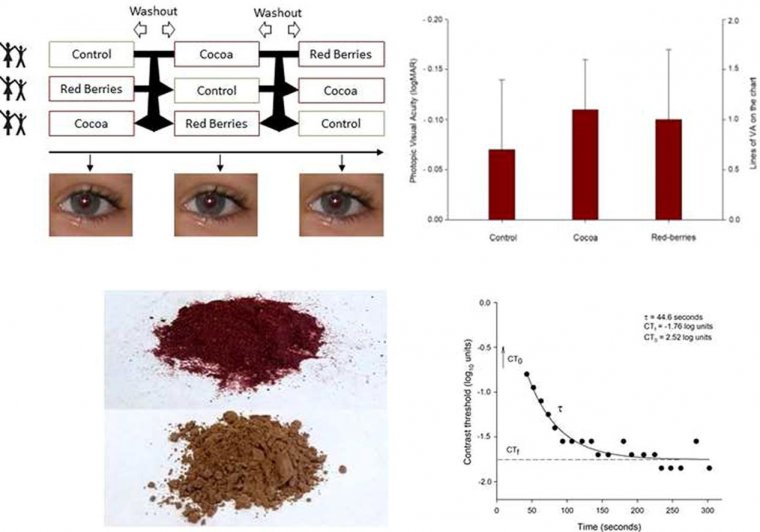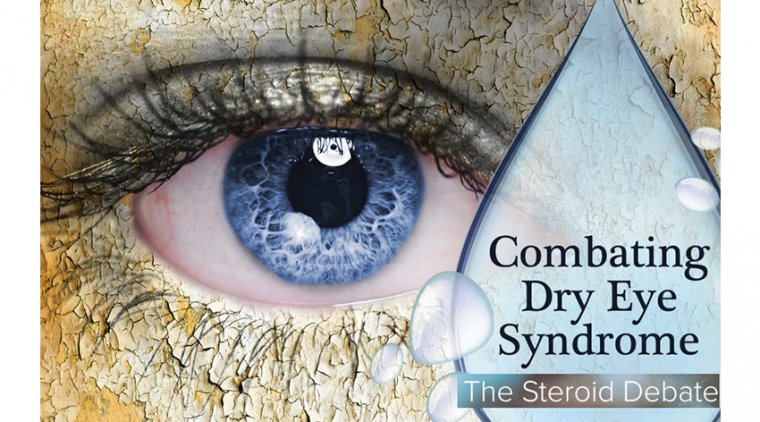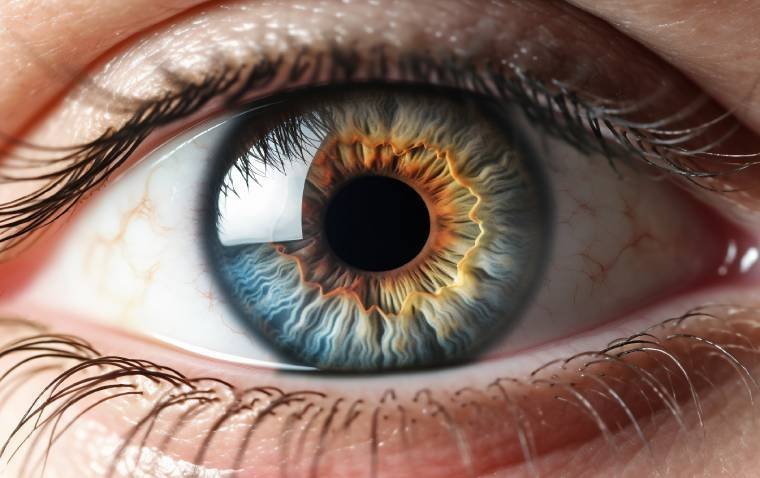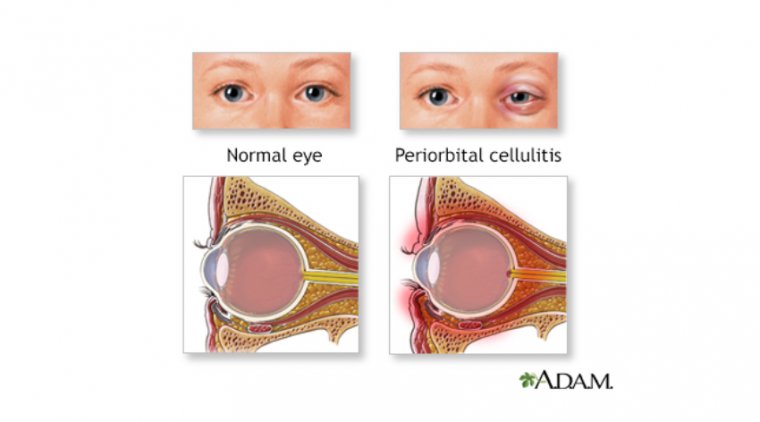
Scientists Uncover Structural Insights into RBP3, a Key Protein in Visual Function and Retinal Health
An international team of scientists has, for the first time, mapped the three-dimensional structure of Retinol-Binding Protein 3 (RBP3), revealing its dynamic role in the visual cycle and potential significance in retinal diseases such as diabetic retinopathy and retinitis pigmentosa. The findings were published in Open Biology in a paper titled CryoEM structure and small-angle X-ray scattering analyses of porcine retinol-binding protein 3.
RBP3: A Molecular Transporter at the Core of Vision
RBP3 is a 140 kDa glycoprotein located in the interphotoreceptor matrix (IPM)—the space between photoreceptors and the retinal pigment epithelium (RPE). It plays a crucial role in the visual cycle, where it facilitates the transport of retinoids, specifically all-trans-retinol (at-ROL) from photoreceptors to the RPE, and 11-cis-retinal (11c-RAL) back to the photoreceptors. These molecules are essential for the regeneration of visual pigments that enable light detection.
Structural and Functional Importance
RBP3 contains four retinoid-binding modules, each with the capacity to interact with both retinoids and fatty acids like docosahexaenoic acid (DHA). However, its exact structural behavior and ligand-binding mechanisms were previously unknown, limiting understanding of its role in vision and disease.
Breakthrough Imaging Techniques Reveal Protein Dynamics
The research team, including scientists from ICTER, used cryo-electron microscopy (cryoEM) to visualize RBP3 at an unprecedented resolution of 3.67 Å, alongside small-angle X-ray scattering (SAXS) to analyze how the protein behaves in solution.
To achieve this, RBP3 was isolated from pig retinas under conditions that preserved its native state. Using chromatographic purification, cryoEM imaging, and SAXS analysis, the team discovered that RBP3 is highly dynamic, changing its conformation based on the molecules it carries.
“This is one of the most detailed structural studies of RBP3 ever performed. By combining cryoEM and SAXS, we have gained unique insight into how this protein works,” said Dr. Humberto Fernandes from ICTER.
RBP3 Functions as a Flexible Retinoid Carrier
The team found that RBP3 shifts between compact and elongated forms depending on its cargo. When bound to retinoids like 11c-RAL or at-ROL, the protein assumes distinct conformations, supporting the hypothesis that it is a flexible transporter rather than a static shuttle.
“This suggests that RBP3 may act as a dynamic retinoid carrier, optimizing transport between the RPE and photoreceptors,” added Dr. Vineeta Kaushik, co-author of the study.
In contrast, binding with fatty acids such as DHA did not induce significant structural changes, implying a differential transport mechanism for fatty acids versus retinoids.
Implications for Retinal Disease Research
The discovery has major implications for understanding the progression of retinal diseases:
• Mutations in RBP3 have been associated with retinitis pigmentosa and myopia.
• Reduced RBP3 levels have been linked to diabetic retinopathy progression.
• RBP3’s role in stabilizing retinoids and limiting oxidative damage positions it as a potential therapeutic target and diagnostic biomarker.
“Now that we have a 3D model of RBP3, we can study how it interacts with other retinal proteins and how to leverage this knowledge in future therapies,” concluded Dr. Fernandes.
Future Steps
Future research will focus on:
• Investigating RBP3’s interactions with other components of the visual cycle
• Exploring its role under pathological conditions
• Developing therapeutics to modulate RBP3 activity
• Evaluating its potential as a biomarker for early-stage retinal degeneration
This foundational work opens new directions in both basic vision science and retinal disease treatment strategies.
Reference:
Vineeta Kaushik et al, CryoEM structure and small-angle X-ray scattering analyses of porcine retinol-binding protein 3, Open Biology (2025). DOI: 10.1098/rsob.240180
(1).jpg)










